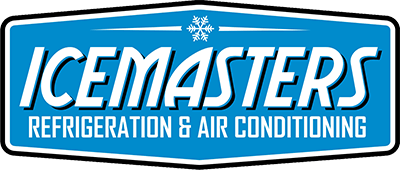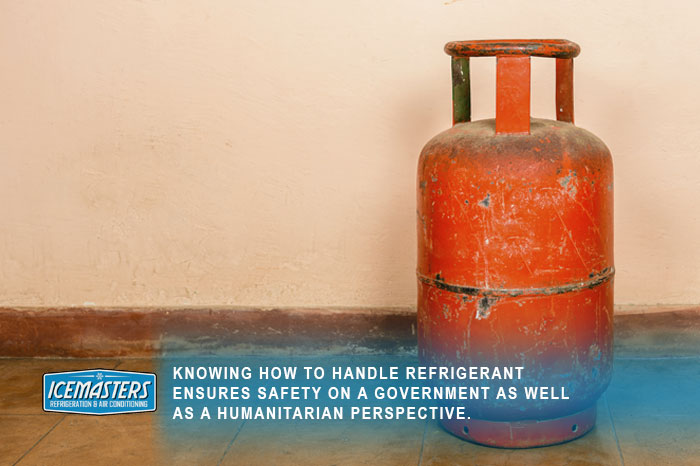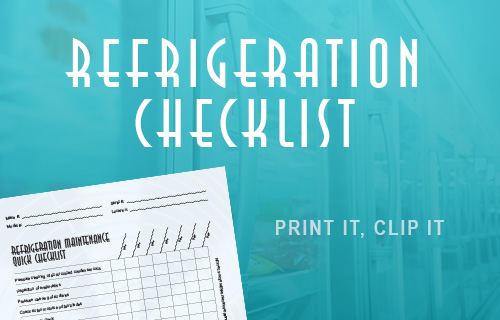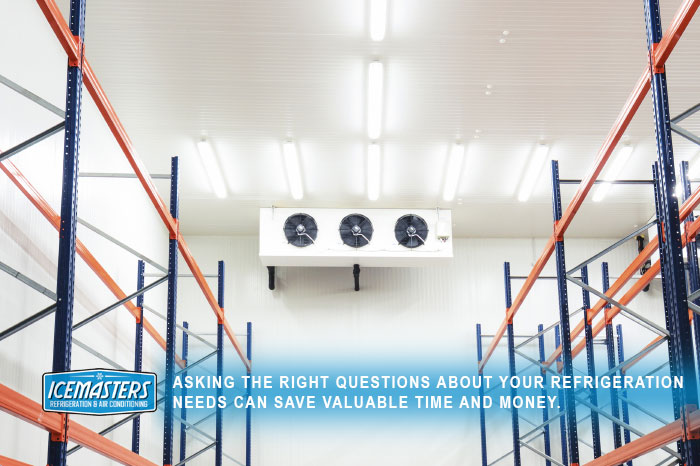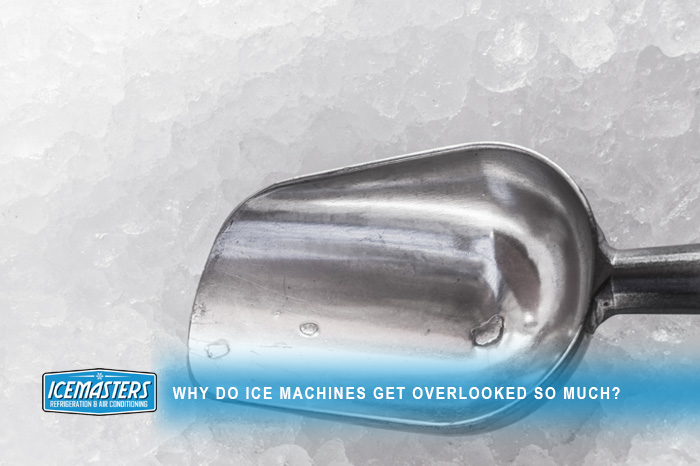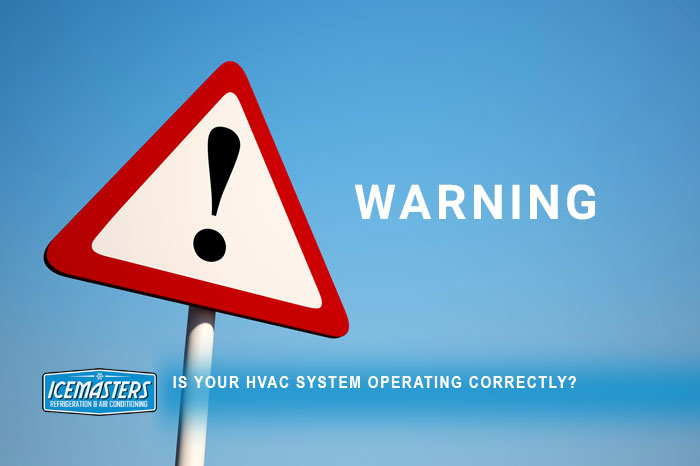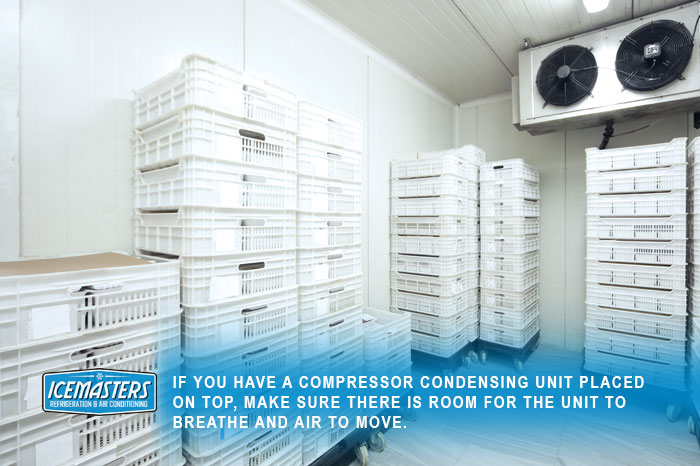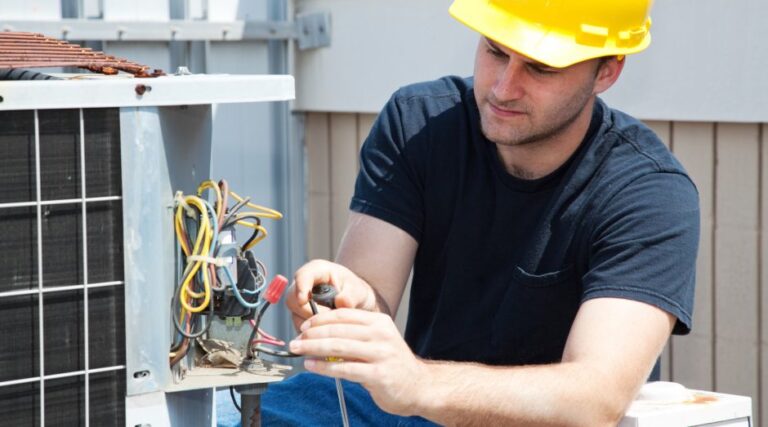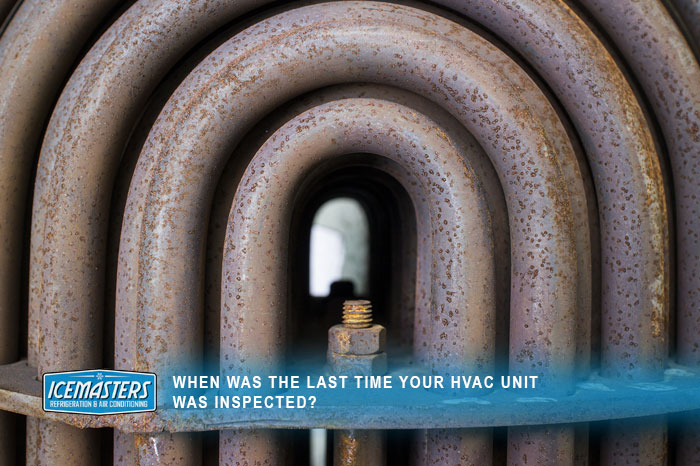Refrigerant Leak Reporting, Who is Responsible???
A very important and hopefully not overlooked aspect of refrigeration systems is the refrigerant itself.
Most systems are quite complex and have many valves, service ports, gaskets, etc. Throughout the life of the equipment it is likely that at some point it will have a refrigerant leak.
As mechanics one of our most important tasks is to eliminate, reduce and control this from happening. I would hope that all mechanics are aware of the procedures in correctly reporting these leaks when they occur, as business owners with refrigerated equipment it is monumentally important that you are in the loop on the reporting process and ensure that it is being followed correctly.
Due to the world becoming more aware of the impact we have on our great green earth the consequences for not correctly reporting and repairing leaks has become much greater. Fines are issued not only to the service technician, the service provider, but also the equipment owner in some cases. Fines can range anywhere from $50,000 too $250,000 and upwards depending on the circumstances, not a tab anyone wants to pick up.
On every site there should be a service log of the refrigerated equipment, not only is this an Environment Canada guideline, it is a key piece of information in the troubleshooting/servicing of equipment. It gives the mechanic a look back at what troubles a site may have had, what equipment gives trouble and the general condition of the equipment on the site.
The next couple paragraphs come directly from the Government of Canada web site, and are the Federal guidelines for reporting:
Release Reports
In the event of a release of 100 kg or more of a halocarbon from a system or from a container or equipment used in the reuse, recycling, reclamation or storage of a halocarbon, the owner must submit a verbal or written report within 24 hours after the release is detected. This report must contain the following information:
- name of owner
- type of halocarbon
- type of system (e.g., air-conditioning) or container or equipment from which the halocarbon was released
Within 14 days after a release of 100 kg or more of a halocarbon is detected, a written that more fully details the circumstances leading to the release, as well as the corrective and preventative action(s) taken. This report must contain the following information:
- name and address of owner
- type and quantity of halocarbon released
- date of release
- type (e.g., air-conditioning system) and description of system
- circumstances leading to the release, as well as the corrective and preventative action(s) taken
In the event of a release of more than 10 kg but less than 100 kg of a halocarbon from a system or from a container or equipment used in the reuse, recycling, reclamation or storage of a halocarbon, the owner must submit, no later than 30 days after January 1 or July 1, a written report containing the following information for each calendar half-year:
- name and address of owner
- type and quantity of halocarbon released
- date of release
- type (e.g., air-conditioning system) and description of system
- circumstances leading to the release, as well as the corrective and preventative action(s) taken
The owner must report halocarbon releases of more than 10 kg to Environment Canada. Written reports must be mailed or faxed to the appropriate Environment Canada regional representative. See the list of Environment Canada contacts.
These regulations are for Federal sites but the province of Alberta follows these as well. Although the province of Alberta gives no weight amount, they accept release reports for as little as one pound. It is a little vague but best practice is to report all and any leaks. Also, all and any leaks within the province of Alberta regardless of being a federal site or not must be reported to Alberta Environment, where they would then forward this information to Federal government to close the loop.
In closing the best practice is to leak check all equipment at least once every 12 months, always keep onsite logs for all refrigerated equipment, report all leaks regardless of size, and report these leaks to Alberta Environment & Environment Canada. This will ensure due diligence both from a government perspective as well as a humanitarian perspective.
If you have any questions please feel free to engage our team at Icemasters or contact Environment Canada or Alberta Environment.
Alberta Leak Reporting Line 1-800-222-6514
Definitions & Reporting, Environment Canada
Documents
https://www.qp.alberta.ca/documents/Regs/2000_181.pdf
https://www.ec.gc.ca/lcpe-cepa/D918C063-1AB3-442E-A62A-59001B7B70F1/Refrigerant_eng.pdf
